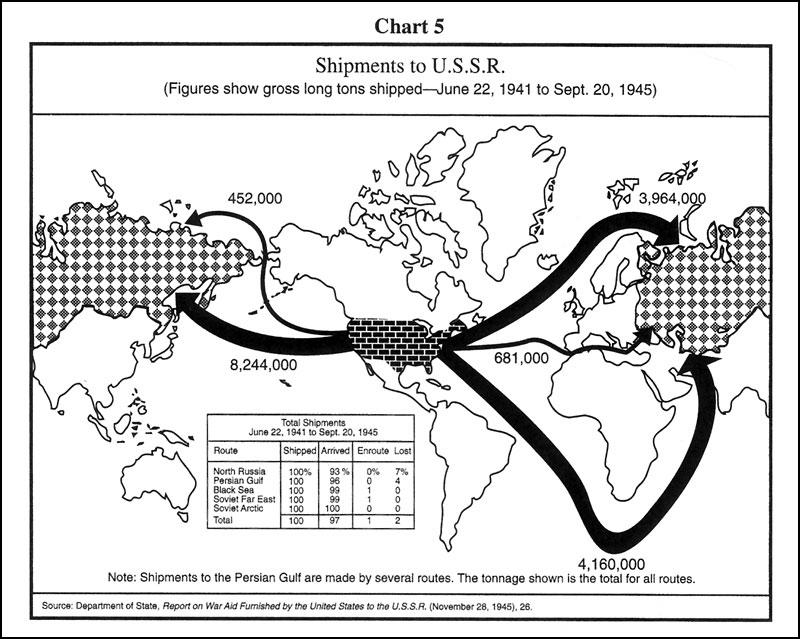@Gargantua:
The question is then, learning from WWII, is the science of Eugenics WRONG/BAD Science? Or is the science legitimate, but leads to VERY slippery slopes… What are your thoughts and experiences? And lessons learned from your WWII readings…
You’ve raised an interesting topic for discussion. Prior to WWII, the promotion of eugenic programs was considered legitimate and relatively mainstream. Leland Stanford, founder of Stanford University, was a proponent of eugenics, as were a number of other leading Americans. Before I go any further, I should clarify that by “eugenics” I am not referring to comparisons between different races; but rather to the desire to see the best people within each given race have the most kids. Exactly which traits are most important is, of course, subjective and open to debate.
The arguments made in favor of eugenics were simple and straightforward: we owed it to future generations to give them the best possible inherited traits we reasonably could. As you hinted at in your post, inherited differences are roughly as important for humans as they are for dogs. If we care about dogs’ inherited traits (as shown through dog breeding) it was felt that we should care about the inherited traits of humans even more.
However, viewpoints changed during and after WWII. This was not because of any new scientific evidence that had been brought to light. On the contrary, the subsequent discovery of genes, and studies which show their importance, have made the scientific underpinnings of eugenics stronger than ever. Science has conclusively shown that differences between people are strongly driven by genetic differences, and are not (as is sometimes falsely claimed) merely the result of differences in environment.
Viewpoints about eugenics changed not because of new scientific evidence, but rather because of the wartime and postwar anti-Nazi propaganda effort. The Nazis believed in many things: hard work, a strong military, self-sacrifice for one’s nation, the preservation of their own race, eugenics, anti-Semitism, etc. After the war, some of those beliefs became socially unacceptable, while others remained mainstream. Eugenics happened to fall into the former category.
Possibly that’s because of opposition to the concept from the Nazis’ enemies. Karl Marx believed that differences between people were due wholly to the environment; and that belief found its way into the communist movement. Under Stalin, Soviet scientists who believed in Mendelian inheritance (the mainstream scientific view) were persecuted, and were either shot or sent to gulags. At least to a certain extent, the communist “environment-only” belief has permeated into Western cultures, especially when the subject of discussion is humans. However, there is no scientific support for that communist belief.
As for the large numbers of people who died under Nazi occupation: most of those deaths were the result of the Anglo-American food blockade of Germany, and of the resulting starvation. Occupied Poland is a good case in point. Like most places within 2000 km of Berlin, Poland was a food deficit nation. Early in the German occupation, food was sent from Germany to Poland to help avert outright starvation. However, Hitler’s attempt to get Britain to sign a peace treaty failed, and the war dragged on. Germany’s food reserves ran dangerously low; causing it to have to reevaluate its food policy. To avoid starvation in Germany itself, residents of German-occupied territories would receive less food in the future than they had in the past. Polish Jews were especially hard-hit by these changes: the plan had been to reduce their caloric consumption to zero; which would have meant three million fewer mouths to feed. The next-lowest priority was unskilled Polish workers not directly engaged in helping the war effort. It was expected that millions of people in this category would starve. They avoided starvation, at least for a time, only because the harvest was surprisingly good. Ukrainians received higher priority; and skilled Polish workers had higher priority still. At the top were the Germans occupying Poland: their food rations were almost normal.
If the U.S. was hit by similar famine conditions, I would expect that American citizens would receive a higher ration priority than would the residents of (for example) U.S.-occupied Iraq or Afghanistan. I would also expect those with large amounts of money or good political connections would receive far more food than those who lacked these things. American distribution of scare food resources would likely be about as unequal as the Germans’ had been; except that the inequalities would be based on citizenship and economic status; rather than on ethnicity and contribution to the war effort. More generally, it would be very rare for a nation experiencing famine conditions to distribute food equally to everyone. The fact that Germany used a different basis for that unequal distribution than the U.S. would have does not mean that eugenics is either an intrinsically evil perspective, or that it represents some sort of slippery slope.









